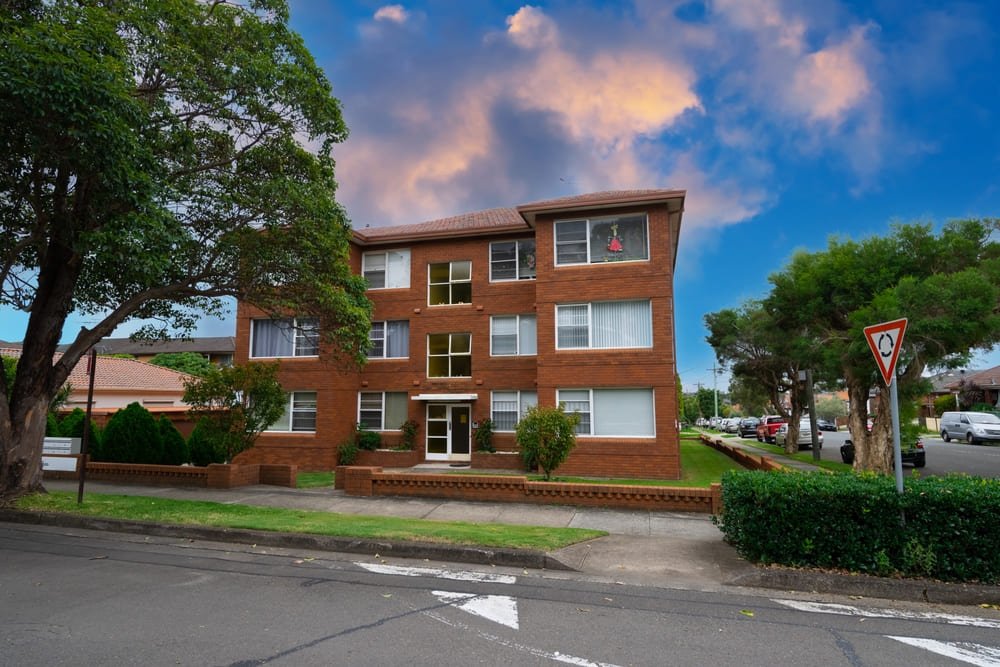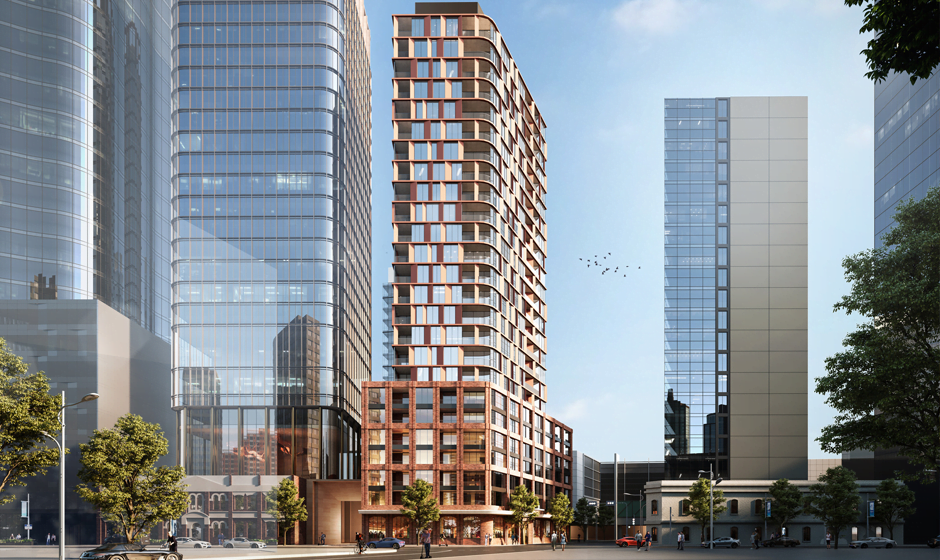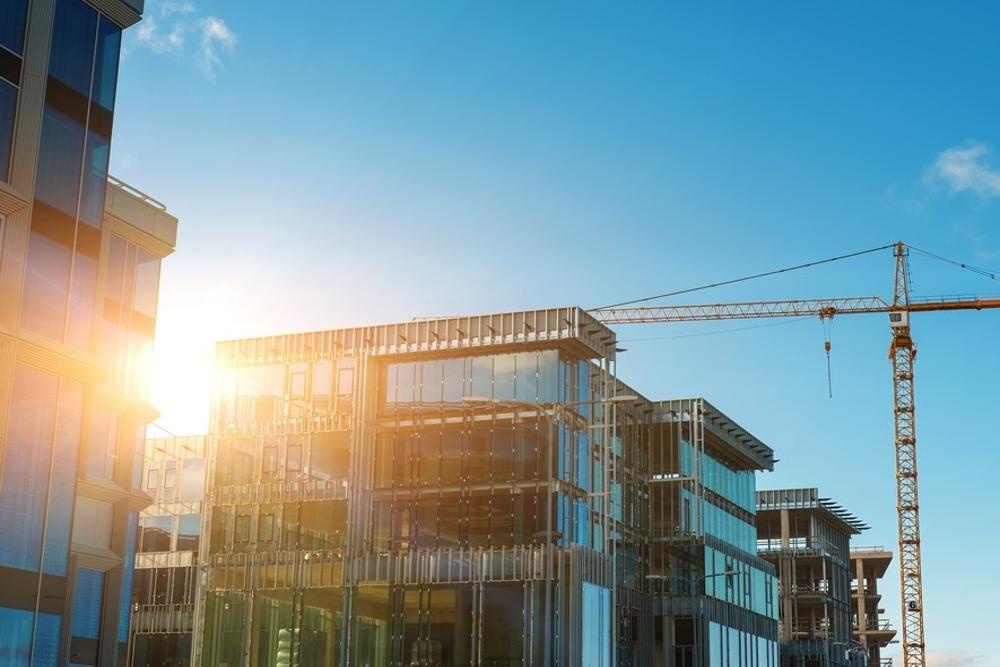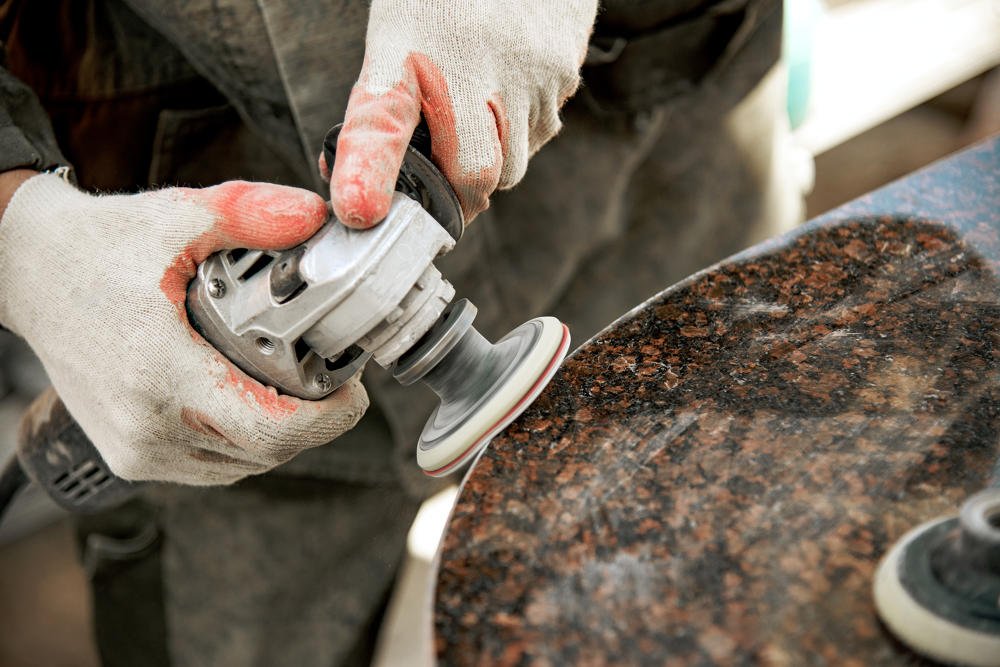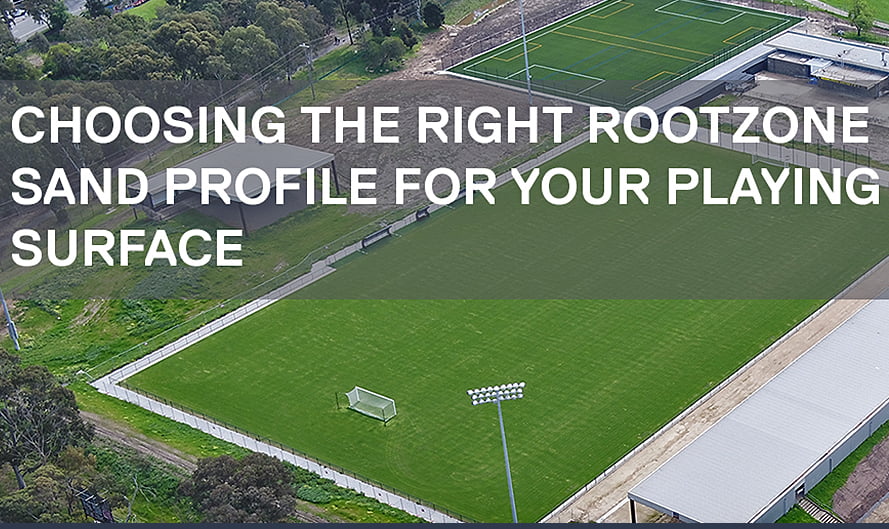
The selection of an appropriate rootzone sand is based on well-founded principles that consider different key criteria. Sands have different physical attributes and must be evaluated in the laboratory for suitability for the intended application. Potential sources of sand need to be tested for:
- Particle size distribution (PSD)
- Moisture retention
- Aeration porosity
- Hydraulic conductivity (drainage rate)
The performance of a playing surface profile is heavily reliant on the relationship between the sand specification and profile thickness, so it is very important to get it right. Regardless if it is a Field of Play for an elite sport training facility or for a community oval, if the decision has been made to construct a rootzone sand then it must be correctly specified. Failure to do so could result in a droughty profile or a profile that becomes readily water logged.
Adopting the appropriate rootzone sand profile for your sand-based Fields of Play
Once selected it is important that the sand is installed at the correct depth to ensure there is a good balance between moisture retention, aeration and drainage. All soils consist of solid mineral particles with spaces (pores) between the solid particles. These pores exist at a range of sizes with the small pores retaining moisture and the large pores facilitating air movement, drainage and root growth. The relationship between the small and large pores also affects the optimum depth of a particular sand rootzone.
At the bottom of a sand rootzone, whether it is on a compacted subgrade or a gravel drainage blanket, there will be an accumulation of water following irrigation or rainfall. Through the attraction between water molecules and soil particles in the pore spaces, water will move upwards against gravity. This is commonly referred to as capillary rise (similar to what happens when blotting paper is dipped in water) and forms what we know as a perched water table. As water moves upwards there is a critical point where gravity breaks the tension between the water and soil particles and allows the water to drain through. At this point air can enter the rootzone (this is the air entry point).
The perched water table provides a method of “storing” water in the profile. However, it is important that there is a depth of sand above the air entry point to ensure there is adequate aeration in the upper rootzone. A rootzone that is too shallow can result in a playing surface profile that is excessively wet. Conversely, a rootzone that is too deep will be droughty.
Sand based Fields of Play were originally designed around the USGA Greens Construction Guidelines. The testing of moisture retention and aeration porosity is at 30cm tension and broadly equates to a sand profile depth of 30cm. Because of the sands available in Australia and through extensive testing, this has been refined to 25cm and is the SPORTENG standard (refer to Figure 1 below)

Figure 1: 250mm Rootzone Sand Profile
What happens if the depth of the rootzone is further reduced?
In the worst-case scenario, the perched water table will extend to the playing surface and will severely compromise drainage. Figure 2 provide examples of what can happen as the profile depth is decreased.

Figure 2: Reduced profile Thickness
In addition to the perched water table extending closer to the surface, for a profile without a gravel drainage layer, reducing the sand layer will decrease the design drainage rate for the field (Table 1).
Table 1 -Profile Depth and Associated Drainage Rate
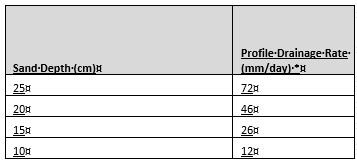
*Based on saturated hydraulic conductivity of 300mm/hr and 5m drain spacing.
Based on this information the depth of the sand layer must not be decided without undertaking a thorough laboratory analysis of the sand and understanding the ramifications of making an arbitrary decision to reduce the depth.
To sum up, choosing the right sand profile and the appropriate technique to implement it in your Field of Pay design are essentials for turf long-term performance.
When it comes to sand profiles, there are different key criteria to take in consideration. Keeping a good balance between moisture retention, aeration and drainage, and undertaking a thorough laboratory analysis are strongly recommended. It will help in understanding the ground profile and determining a solution that would fit best to its characteristics.
The performance of a natural turf field of play is directly linked to its rootzone growing medium. For more information on this topic, please visit: www.sporteng.com.au









